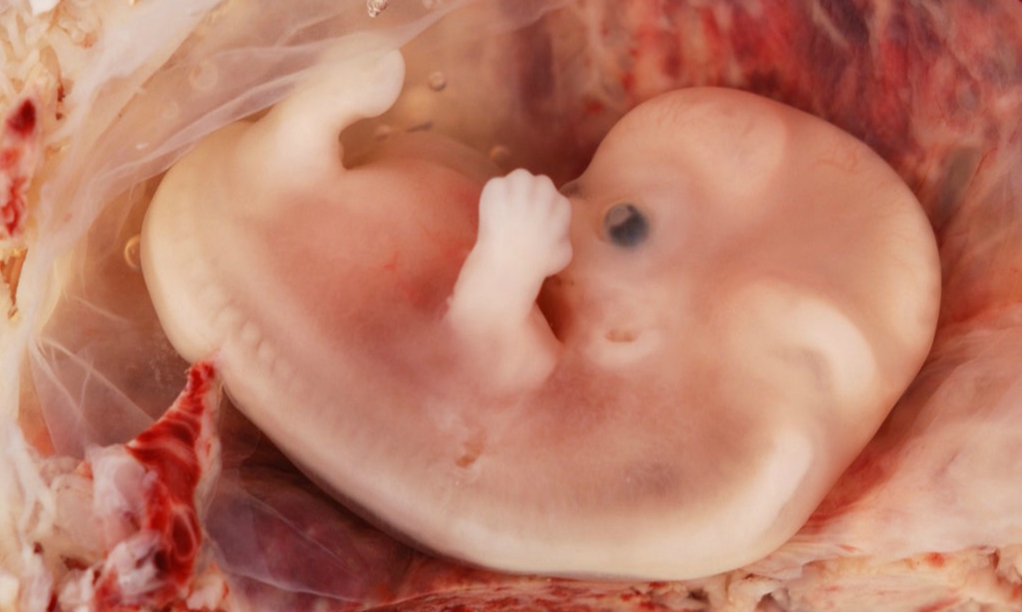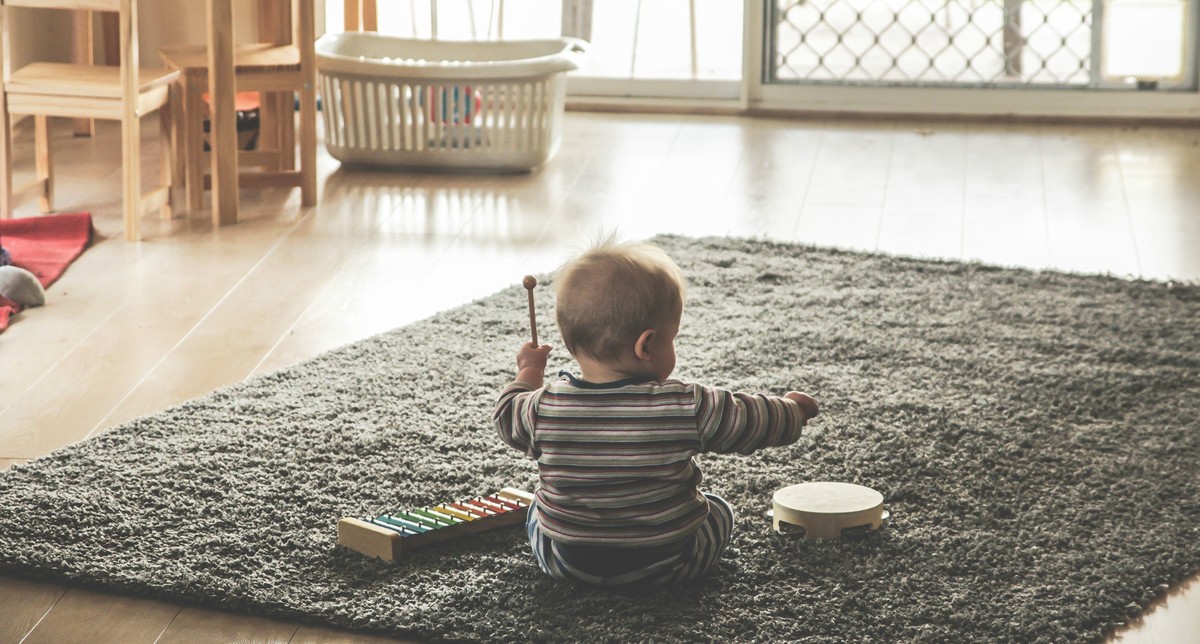No microbes in the square
2019/08/01 Etxebeste Aduriz, Egoitz - Elhuyar Zientzia Iturria: Elhuyar aldizkaria

A study published in the journal Nature reveals that there are no microorganisms in healthy human placenta. In this way, this research advocates a sterile placenta hypothesis that was in doubt lately.
The first stools of children are filled with microbes, but it is not clear that the microorganisms that colonize the baby and then childbirth, or that colonization that begins in the uterus. Although it has long been thought that the placenta was a space free of microorganisms, some studies of recent years have discovered the DNA of bacteria and have suggested that there may be differences in microorganisms between healthy pregnancies and with problems. Other studies, however, have suggested that bacterial DNA found in squares are false positives derived from contamination.
All agree that the presence of microorganisms is very small, so it is difficult to separate them from contaminations. The largest research of all time has now been carried out with placenta samples of 537 women and with the strictest measures possible to avoid contamination. In turn, it has been analyzed which sources of contamination can be and how they can occur. The conclusion is clear: in healthy pregnancies there are no microorganisms in the square and contamination problems explain previous detections. It remains to be clarified how the symbiosis between the child and his microbiota begins, but it seems that the placenta is not the way.

Gai honi buruzko eduki gehiago
Elhuyarrek garatutako teknologia





